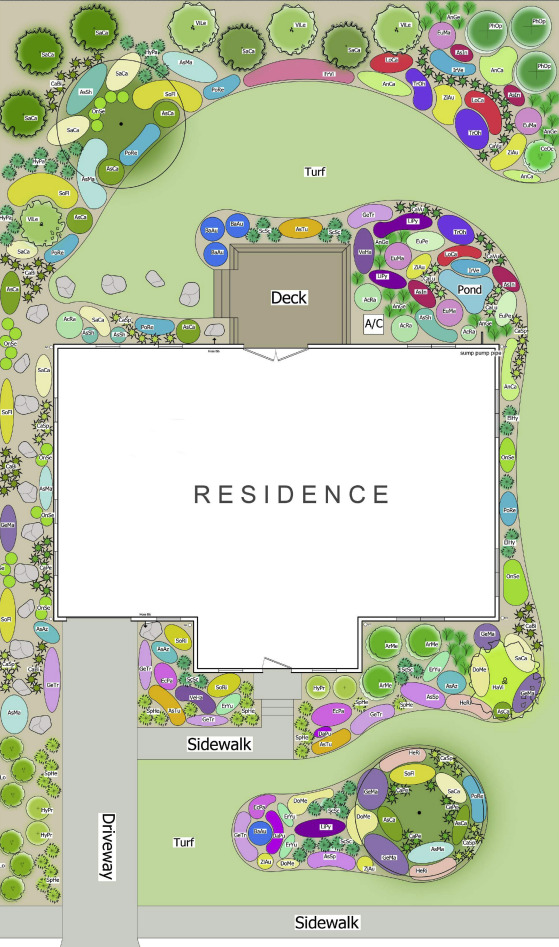
Printing note: This design was created to be 8.5″ x 14″ and the design pdf will print best on legal size paper.
Wild Ones Meet the Designers Webinar
Meet Wild Ones Native Garden Designers Danielle Bell (Milwaukee) & Susan Hall (Toledo)
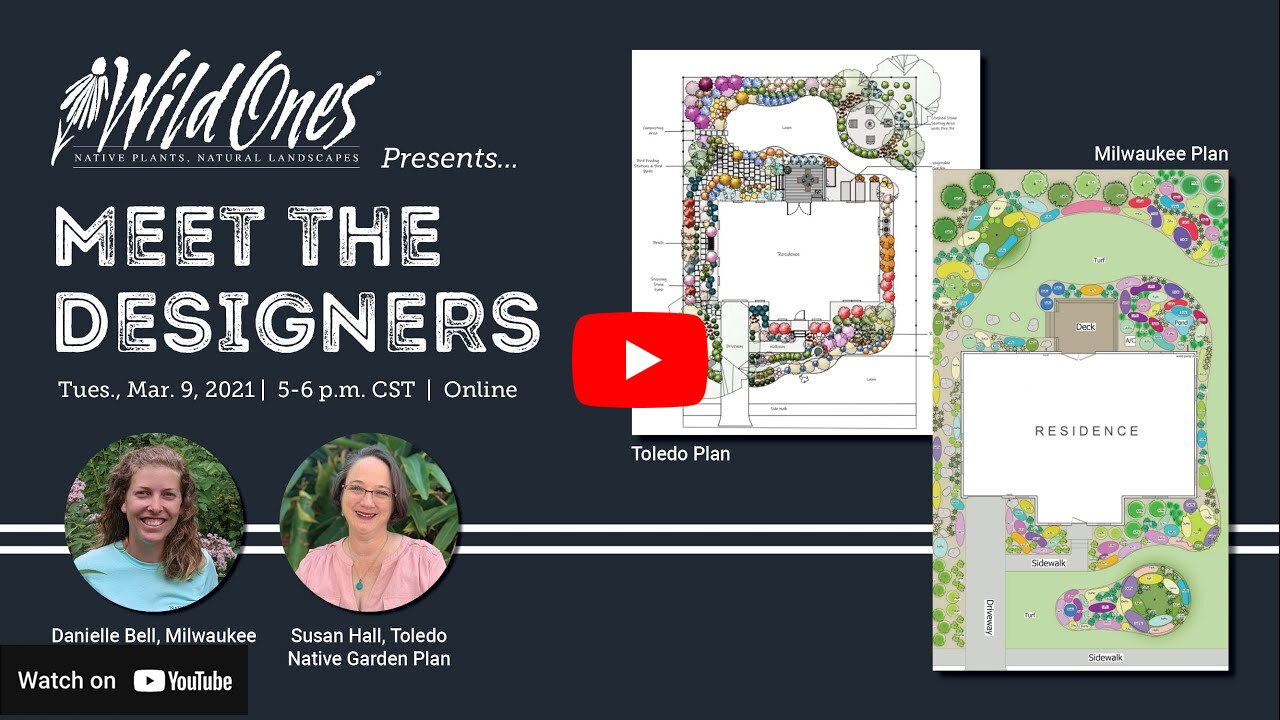
Existing Site Conditions
Existing site conditions are important when selecting the right plant for the right place. Observe the site during different times of the day and seasons. Plan for your surroundings; short species should be used along sidewalks and driveways so that plants are not obstructing walkways. Plants can also create a privacy screen to block undesirable views or to frame sight lines.
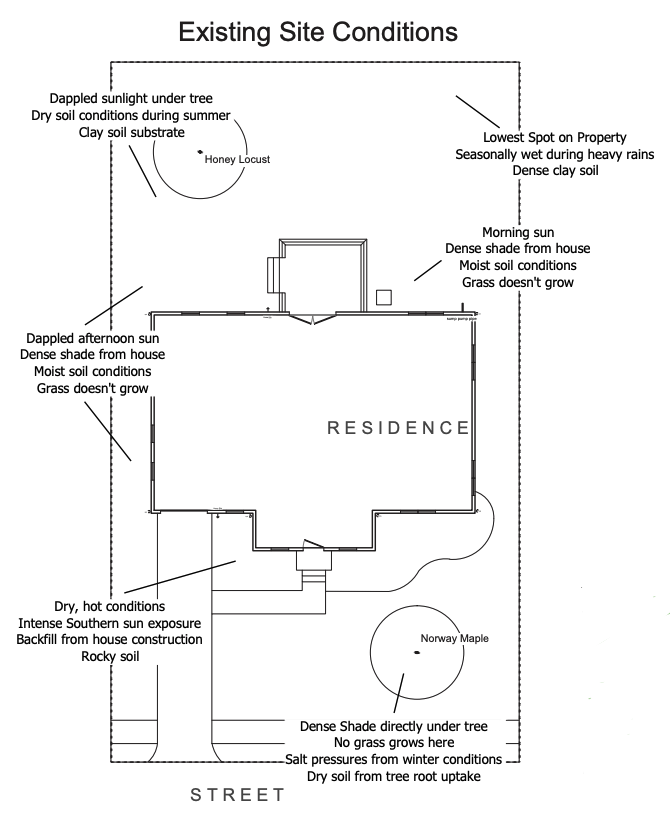
Plant Communities
After you know how the sun, air, and water moves through the site, you can begin to look at which ecosystem palate fits your needs. For example, the area between the front entrance and the driveway is south facing and receives full sun for the majority of the day. This means dry prairie species will thrive here. In the northwest corner of the property, water is a concern as it tends to pond there after heavy rain events. Species in this area need to be adapted to having their feet wet, so wetland or wet prairie species will be used.
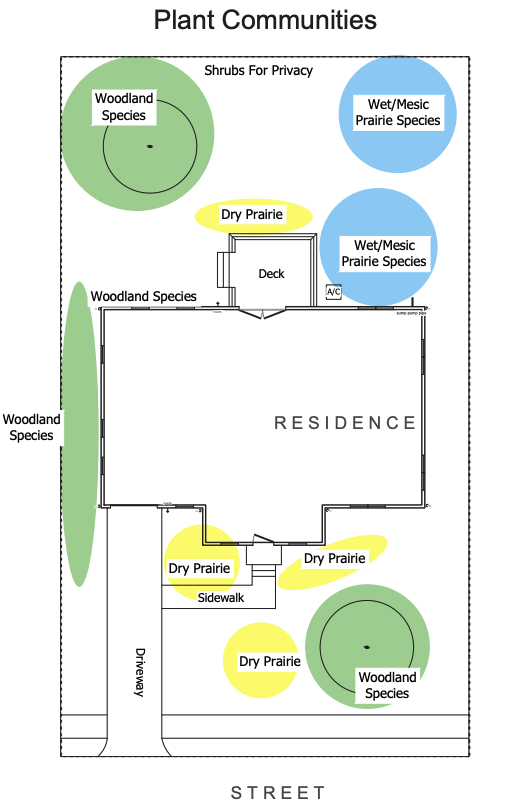
Phasing
Phasing is an excellent strategy to implement your design on your schedule. There are many benefits to slowly transition your landscape from its existing state to a healthy thriving habitat. Planting shrubs and additional trees first will give them time to become established as it takes them longer to reach maturity. Perennials and grasses can give you a more instant result.
Phase 1: Start with replacing or adding to the existing beds that are around the foundation of the home. This increases the curb appeal of the home while giving you a manageable project size to complete in a season. The shady area under the front tree now has plants instead of bare soil where the turf grass previously wouldn’t grow.
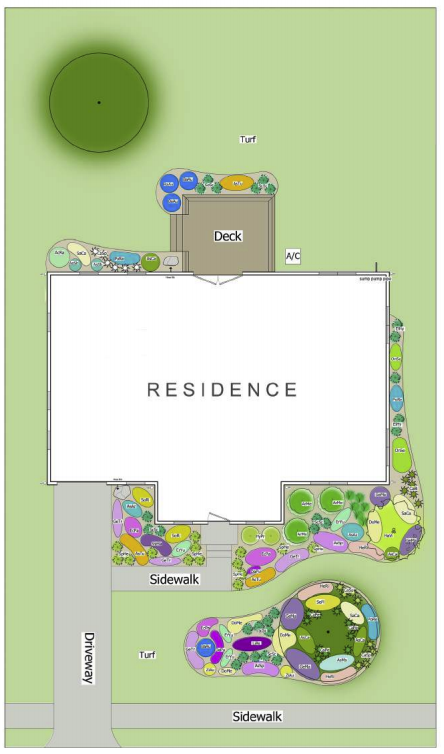
Phase 2: Expand to the perimeter of the site by increasing privacy with a diverse hedge. This not only blocks sightlines but also feeds the birds with berries and provides shelter from inclement weather. Adding native plants to the wet or soggy areas of the property will reduce your need to mow waterlogged turf. The impressive root structures of our native plants quickly absorb excess moisture and their root channels allow high infiltration rates of stormwater runoff. The pond provides water for animals and is a focal point of the backyard.
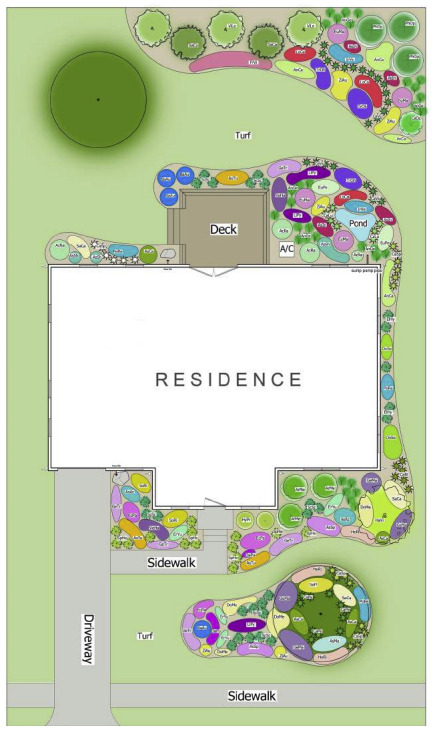
Phase 3: Complete the overall design with woodland plantings along the side of the home with a stepping stone walkway to the woodland plantings under the shade tree in the backyard. Now the property has been transformed from a sterile turf desert into a thriving habitat providing food, shelter, and water. Native plants can thrive in various soil conditions. There is no need to add fertilizers or soil amendments to have thriving plants. Right plant, right place is the best way to have a healthy landscape. Hardwood mulch is recommended for the first year to help with weed control. After the second year, the plants provide enough debris to create a natural mulch that will control leaves and provide areas of refuge for overwintering insects. A ‘messy’ yard is a healthy yard for insects!
Plant List
This list is inclusive of only the native plants in this specific native garden design. The list is meant to provide a basic preview of the beautiful and diverse plants featured in this design and serve as a reference tool when selecting plants at a nursery. (The list can be printed in two columns using landscape mode in your print settings.) More thorough information about each of these native plants can be found online at the Audubon, Lady Bird Johnson Wildflower Center and United States Department of Agriculture websites, all of which provide a wealth of native plant information including comprehensive North American native plant databases.
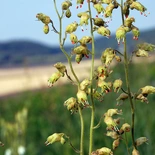
Alumroot(Heuchera richardsonii)
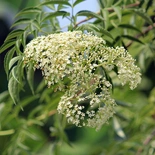
American Elderberry(Sambucus canadensis)
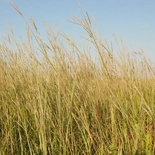
Big Bluestem Grass(Andropogon gerardii)
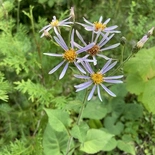
Big Leaved Aster(Aster macrophyllus)
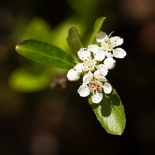
Black Chokeberry(Aronia melanocarpa)
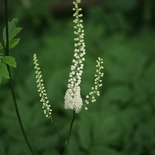
Black Cohosh(Actaea racemosa)
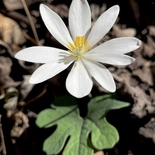
Bloodroot(Sanguinaria canadensis)
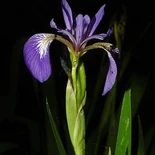
Blue Flag Iris(Iris versicolor)

Blue Wild Indigo(Baptisia australis)

Boneset(Eupatorium perfoliatum)
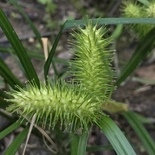
Bottlebrush Sedge(Carex lurida)
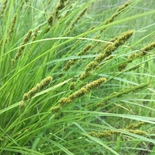
Brown Fox Sedge(Carex vulpinoidea)
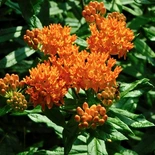
Butterfly Weed(Asclepias tuberosa)
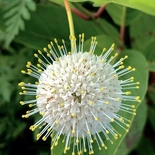
Buttonbush(Cephalanthus occidentalis)
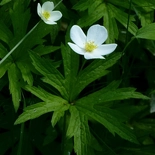
Canada Anemone(Anemone canadensis)
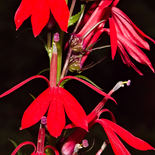
Cardinal Flower(Lobelia cardinalis)
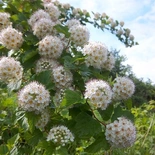
Common Ninebark(Physocarpus opulifolius)
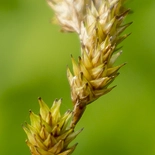
Copper Oval Sedge(Carex bicknellii)

Dwarf Bush Honeysuckle(Diervilla lonicera)

Eastern Red Cedar(Juniperus virginiana)

Golden Alexanders(Zizia aurea)
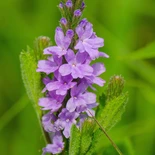
Hoary Vervain(Verbena stricta)
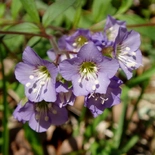
Jacob's Ladder(Polemonium reptans)
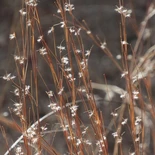
Little Bluestem Grass(Schizachyrium scoparium)
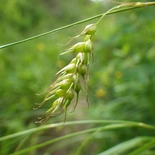
Long Beaked Sedge(Carex sprengelii)

Nannyberry(Viburnum lentago)
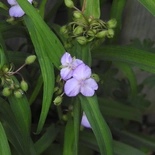
Ohio Spiderwort(Tradescantia ohiensis)
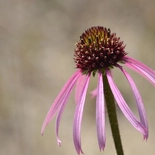
Pale Purple Coneflower(Echinacea pallida)
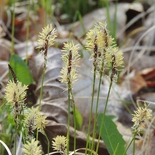
Pennsylvania Sedge(Carex pensylvanica)
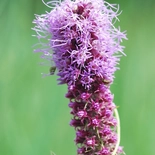
Prairie Blazing Star(Liatris pycnostachya)
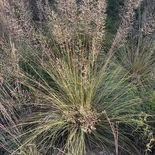
Prairie Dropseed(Sporobolus heterolepis)
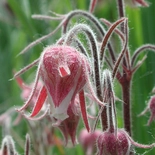
Prairie Smoke(Geum triflorum)

Purple Prairie Clover(Dalea purpurea)
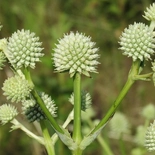
Rattlesnake Master(Eryngium yuccifolium)
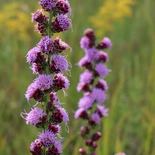
Rough Blazing Star(Liatris aspera)
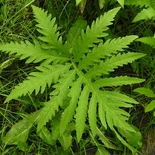
Sensitvie Fern(Onoclea sensibilis)
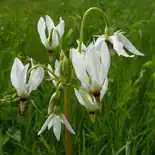
Shooting Star(Dodecatheon meadia)
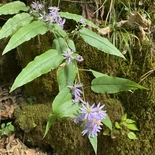
Short's Aster(Symphyotrichum shortii)

Showy Milkweed(Asclepias speciosa)
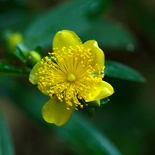
Shrubby St. John's Wort(Hypericum prolificum)

Sky Blue Aster(Symphyotrichum oolentangiense)

Stiff Goldenrod(Oligoneuron rigidum)

Swamp Milkweed(Asclepias incarnata)
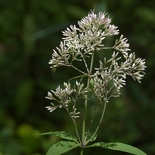
Sweet Joe Pye Weed(Eutrochium purpureum)
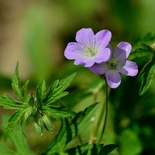
Wild Geranium(Geranium maculatum)

Wild Ginger(Asarum canadense)
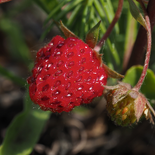
Wild Strawberry(Fragaria virginiana)

Zigzag Goldenrod(Solidago flexicaulis)
About the Designer
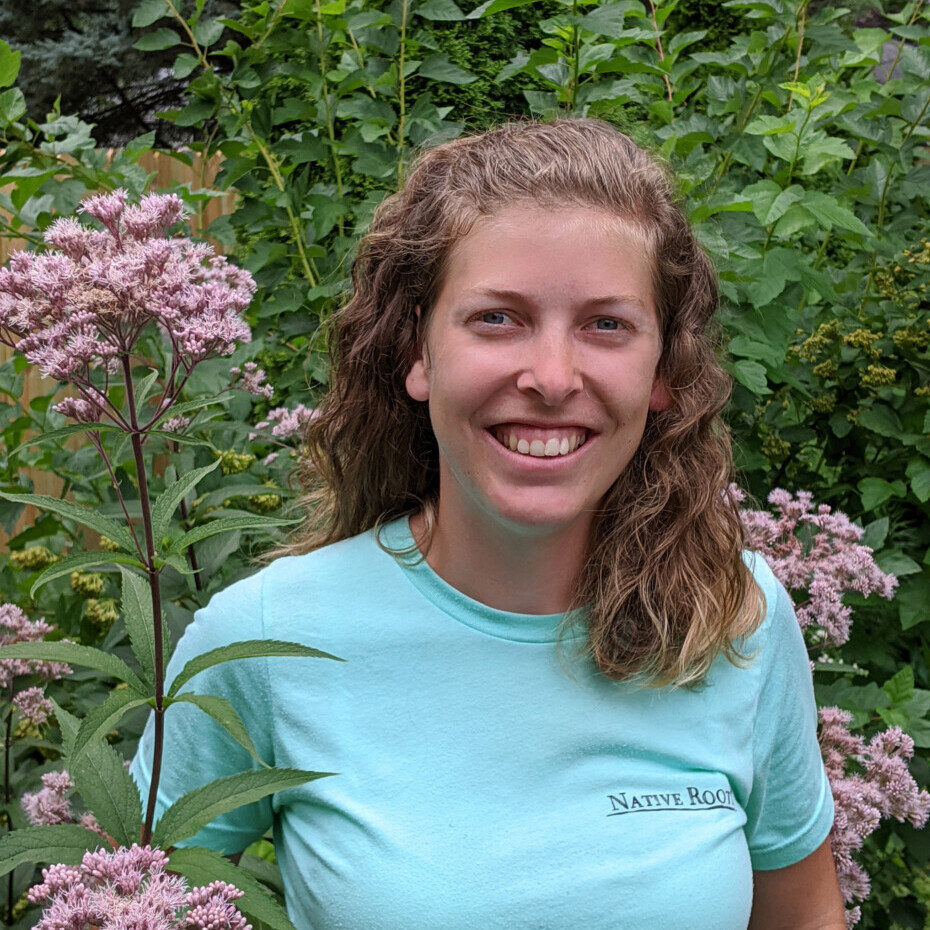
Growing up in rural Wisconsin, Danielle Bell explored the natural world starting in the oak hickory woodland of her parent’s home. While working in the green industry and on restoration projects she noticed the disconnect humans have with our landscapes, especially in the urban environment. The restoration projects that she managed focused on large scale projects and not with homeowners with a smaller urban property. Seeing this need, she began Native Roots, LLC to help homeowners incorporate native plants into their landscapes. She uses her experience from restoring native wetlands, prairies, and woodlands throughout Southeastern Wisconsin to inspire her residential designs. Her passion is to restore sterile turf monocultures into healthy, sustainable, diverse habitats that both people and wildlife can enjoy. As part of helping homeowners create healthy, functional landscapes, she educates them on how to sustainably manage their property through invasive species monitoring and plant identification.
Designer Statement
When I first visit a new project, I think about what type of habitat or ecosystem was historically present in this area. Was it a tall grass prairie, or an oak forest? We humans have modified the landscape so much that at times it is impossible to accurately identify its historical ecosystem. In lieu of pursuing true habitat restoration, I focus on the microclimates unique to each site and select native plants that are appropriate for the landscape. For this design you can see the various plant communities that were created based on various site conditions; woodland, wetland and dry prairie. For example, downspouts create the opportunity to incorporate wetland plants, southern facing beds support dry prairie species, and large shade trees provide the ideal location for shady woodland plants. By selecting plants that are from these ecosystems, we know they will support one another and thrive under the same environmental conditions. Identifying microclimates allows you to create a diverse landscape design plan that will support a wide variety of pollinators, birds, and other wildlife.
April Board of Directors Meeting
April 28th at 5:00 PM (CDT)
All Wild Ones members are invited to bi-monthly national Wild Ones board meetings! During meetings, the board strives to uphold Wild Ones’ mission, hone our vision, implement strategies and provide organizational oversight; you are welcome to attend!
About Wild Ones
Wild Ones (a 501(c)(3) nonprofit organization) is a knowledgeable, hands-on, and supportive community focused on native plants and the ecosystem that depends on them. We provide resources and online learning opportunities with respected experts like Wild Ones Honorary Directors Doug Tallamy, Neil Diboll, and Larry Weaner, publishing an award-winning journal, and awarding Lorrie Otto Seeds for Education Program grants to engage youth in caring for native gardens.
Wild Ones depends on membership dues, donations and gifts from individuals like you to carry out our mission of connecting people and native plants for a healthy planet.
Looking for more native gardening inspiration? Take a peek at what our members are growing!
